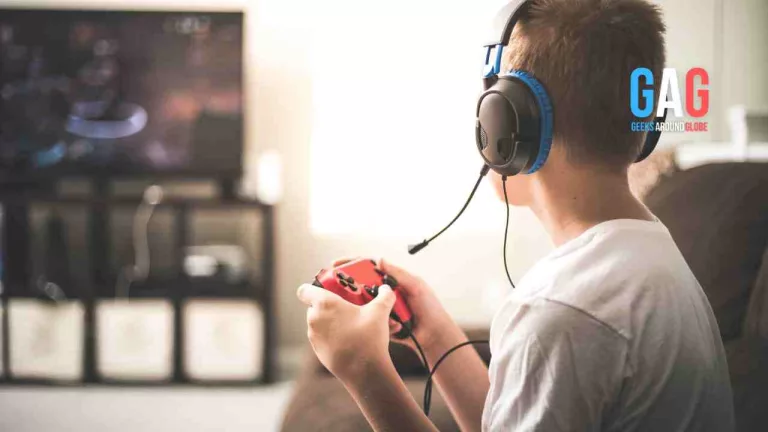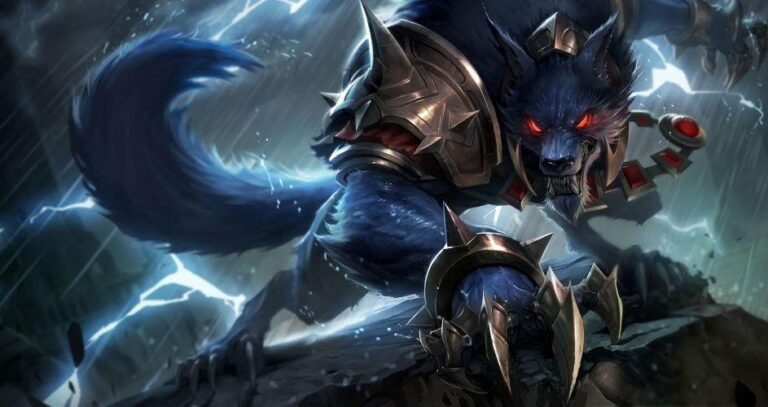Getting started with Rust can be overwhelming. From the first second, you’re just thrown into this unpredictable, cruel environment with no instructions on what to do. With nothing more than a simple rock and a torch, you have to find a way not only to survive but to thrive – and once you start thriving, you’ll want to let the other players know. The best way to do that is through Rust skins.
While certainly not a necessity since they don’t impact the gameplay, Rust skins can still transform your gaming experience. They allow you to customize your character and their surroundings, giving you that wow factor you’ve been missing.
Find out what Rust skins are, what they do, and how you can get your hands on them.
About the game
To understand Rust skins, you first need to understand the game itself. Much more than your typical first-person shooter, it’s a dynamic, action-packed survival game that will test your skills and creativity while pushing you to your limits.
You’ll be immediately thrown into the middle of this cruel open world where you have to brave hunger, hypothermia, radiation, wildlife attacks, and most importantly, other players.
As you navigate this harsh environment, you’ll collect resources you can then use to craft valuable items – tools, clothing, weapons and ammunition, shelter, medical supplies, traps, and more.
While all of these items are indispensable to players, their default appearance leaves much to be desired. That’s where Rust skins come in. They can turn any old item into something much more attractive.
Instead of wandering around in a dull wooden chest plate carrying a plain black 9mm gun, you can dress yourself in all the colors of the rainbow and customize your appearance as much as you like.
How Rust skins work
While Rust skins can make you look like a ninja wielding a shiny new golden LR-300 Assault Rifle, they don’t actually affect your game performance. They’re cosmetic items only – they won’t make you faster, better, stronger, or more resilient. The items you have in your inventory dictate your stats. The skins are just there to make them look more exciting. You can trade Rust skins on SkinsMonkey, which is the best CSGO & Rust trading bot.
Therefore, if you’re carrying an AK47, you’ll have a 450 rate of fire, 1-second draw, 4.4-second reload time, and 50 damage regardless of the skin you’re using and whether it costs $0.67 or $670 to get it.
With this in mind, don’t invest in expensive skins because you hope they’ll improve your chances of survival – they won’t. Invest in them because you want to have some fun and play around with your character’s appearance.
Price fluctuations
When you first start looking into Rust skins, you’ll notice that the prices can vary significantly. Some skins will only cost you a few cents, while others will go for thousands of dollars.
Additionally, some items that cost only a few cents a few days ago might now have a much heftier price and vice versa. These price fluctuations boil down to supply and demand. The more people want a particular Rust skin, the more expensive it will become.
As a general rule of thumb, Rust skins will be more affordable in the first seven days when they come out since the Facepunch studio determines the price. Once the items are removed from the store, the market dictates the price.
Skin tiers
Rust doesn’t have a specific tier list for its skins. Since they’re only cosmetic items, how valuable or unique they are depends on the players.
Glowing Rust skins, for example, are often seen as more valuable. Some skins have a significantly lower supply, making them rarer than others and, therefore, more expensive. Others are seasonal skins that go out of circulation and come back during specific times, so their value and price change depending on the season.
How to trade skins
If you want to play around with different Rust skins, there are several ways you can get your hands on some:
- Trade with other players:
- Although slightly unsafe as you have to leave your character and your inventory vulnerable, you can trade Rust skins with other players through in-game storefronts and vending machines;
- Buy on Steam marketplace:
- The Steam marketplace has a wide selection of Rust skins you can choose from;
- Third-party marketplaces:
- Third-party marketplaces give you access to rarer skins and usually have better pricing than Steam.
Regardless of how you trade and buy Rust skins, you’ll need to have a Steam account to make transactions and receive the skin you bought in your inventory.
Earning skins for free
While more difficult, you could get Rust skins for free on occasion. Some third-party marketplaces and popular Rust players will offer giveaways and contests on Twitch and Discord that let you win free skins.
You can also earn Rust skins just for playing. Depending on your server, you might get random cosmetic drops after a certain amount of playtime. These skins won’t be unique, but they are free.
Conclusion
Playing around with Rust skins won’t impact your performance, but it will make your gaming experience more exciting. Find the best Rust skins that reflect your style and personality, and start having some serious fun in-game.







